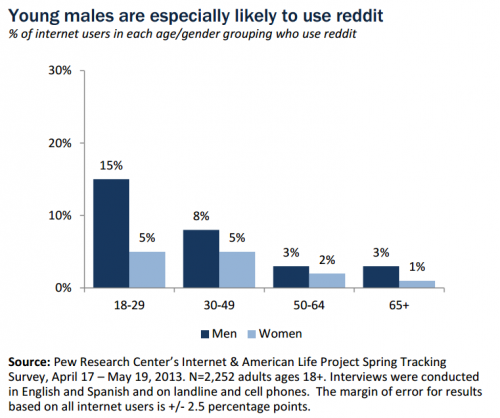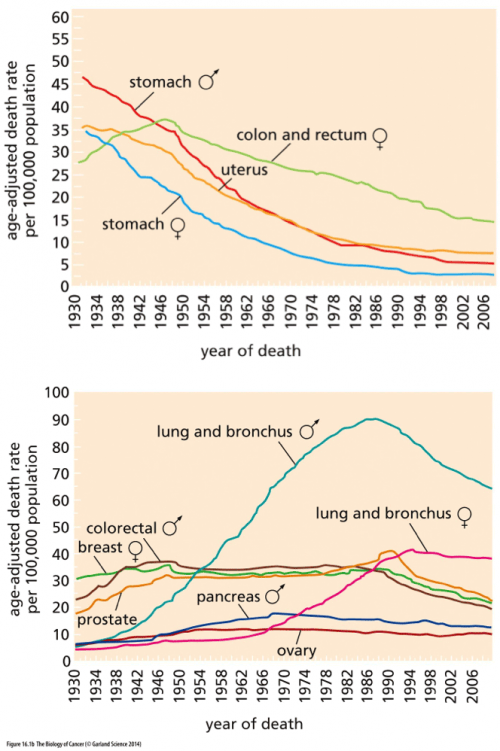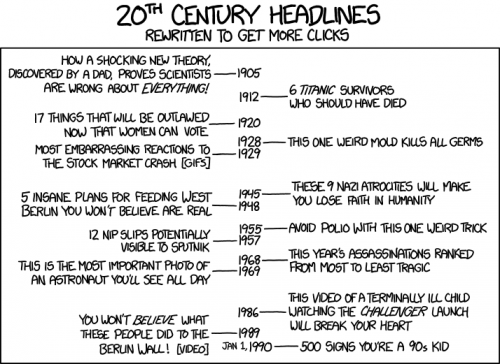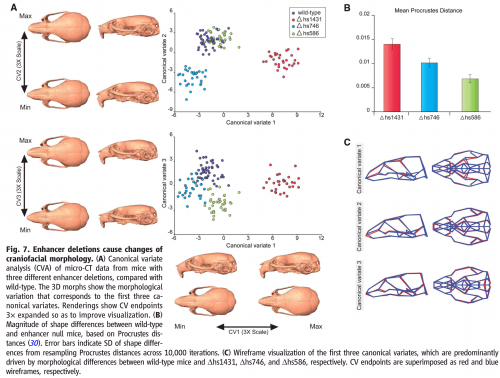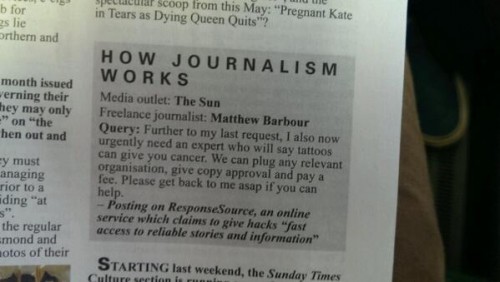OK, so that Daily Mail piece that talked about my refutation of the MFAP hypothesis — the idea that humans are ape-pig hybrids — has been getting a fair amount of attention. The article actually did quote me tearing into the idea fairly thoroughly, although it did also give far too much attention to a crackpot, but here’s the thing: the media doesn’t care that much what I said, it’s all the kook nonsense driving the reporting.
For example, Jennifer Raff heard it on Alex Jones’ radio show. Jones is a wacky, hateful, loud-mouthed conspiracy theorist, and what is he talking about? Not that there are good explanations for human evolution, but that a kook with a ridiculous idea has demolished the theory of evolution.
What really drew my interest in the subject was the way Alex Jones discussed the news article. He called Eugene McCarthy a “top geneticist” and an “expert”, and while rightly dismissing the hypothesis as idiotic, he implied that it was in line with the current scientific consensus on human origins: that evidence was increasingly disproving evolution as an explanation. Instead, alternative ideas, such as an Intelligent Designer (Jones kept calling it “aliens” and mentioning the movie “Prometheus”) were becoming mainstream explanations for human origins, and this chimp-pig hybridization idea was yet another example. Framing the story in this way, he went on to say that “They (scientists) have no idea what they’re doing” (quote paraphrased from my memory), and therefore evolution is nonsense. And he’s not alone. The creationist/Intelligent Design site Uncommon Descent also dismisses McCarthy’s hypothesis while simultaneously dismissing “neo-Darwinism”
Raff goes on to list all the red flags thrown on McCarthy’s loony hypothesis, which ought to get any reasonable journalist to immediately question and reject the idea. But the lesson I’m seeing from the differential attention given to my explanation and McCarthy’s is that I clearly did not throw enough red flags.
So I’m pointing out that a Christian, conservative, dominant minority is conspiring to suppress my radical idea that evolution, a natural process, has generated all the diversity of life on earth, and that as a top expert authority I plan to lead a revolution in scientific thinking. I know that’s a wild claim and that I’ll probably be pilloried by the mainstream establishment, but I’ve just got to get past the scientific gatekeepers to bring this secret knowledge to the masses.
Alex Jones, call me. We’ll talk.


